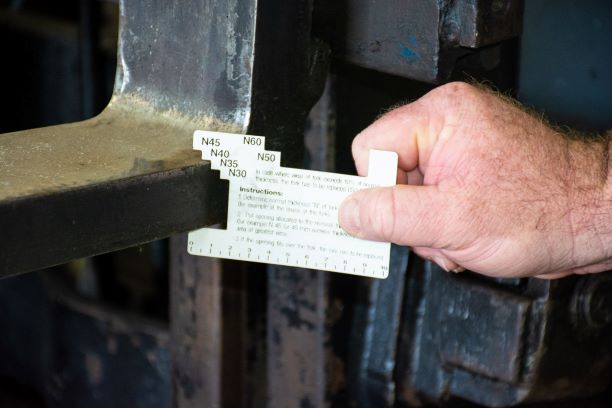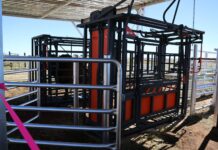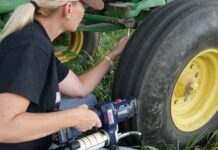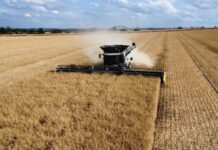
To measure thickness of fork heel,move the card from the shank/face to fork heel. Place the card over the fork heel. The fork heel thickness should match the fork type. If the fork heel has a thickness that allows the gap to slide over, the fork is worn-out and will have to be replaced. Should the gap on the card fit perfectly on the fork heel without slipping over, the fork attachment adheres to required standards.
Specialists at Criterion Equipment take a look at how important it is to take good care of the forks of forklift trucks and they give important advice on how to do so.
“The metal fork attachments used on forklifts may seem indestructible, but eventually they wear out, just like any other machine component. Failure to carry out frequent fork inspections can result in a snapped fork, or a dropped load, which is not only expensive, but also dangerous,” explains Heinrich Frederick, Pretoria Branch Manager: Criterion Equipment. “It is also important that operators never carry a load that exceeds the fork’s specific load capacity. The weight capacity of every fork attachment is indicated on the side of the fork shank/face – operators must be made aware of this.
“Forks are constantly subjected to abrasion, which can lead to reduced thickness of the fork blades. If blades are not the correct thickness, the fork attachment’s lifting capacity can be compromised. To prevent friction on the fork tips, operators should be encouraged to lift the fork attachement when the forklift is in use and when driving around a site.
“It is critical that fork inspections are carried out frequently by trained personnel, with the aim of detecting damage, wear and tear or deformations that might impair the safe use of forklifts on site. With the correct use of the appropriate measuring tools, it is easy to carry out fork inspections on-site, efficiently and accurately.”
The metal on a fork can be worn down after a period of time and reduce in thickness, which means that forks are no longer able to handle their original load capacity. Just 10% wear can reduce load capacity by 20%, at which point the forks must be replaced.
To make sure every fork adheres to acceptable standards, Criterion Equipment recommends the use of three tools – a measuring card, which is used to measure the thickness of the fork’s heel and shank/face, a fork caliper to measure the fork thickness, angle of the fork bend and the latch space and a Vernier caliper,which measures thickness of the fork shank/face.
During inspections, it is important to make sure the fork’s shank/face and blade/heel angle do not exceed 93 degrees outwards and 87 degrees inwards. If this is the case, or if there is a bend in the fork toe, the fork must be replaced – never bend or weld forks back into place. Check the entire surface of each fork for cracks and also inspect the thickness of the fork tip. If it is worn out, the fork must be replaced or re-machined. The fork heel is one of the first components of the fork to wear out. Be sure to check it well and make sure it is the same thickness as the rest of the fork blade.
It is also important to check the latches that attach the fork to the carriage to prevent it from moving around while driving the machine. Fork latches are the only components that are welded onto the fork.
Criterion Equipment’s service includes a refurbishment service – which encompasses cosmetic overhauls and general maintenance and repairs – ensures optimum performance, enhanced safety, low maintenance and extended service life of every machine.
The company’s national workshops, which are manned by a highly skilled team, are able to completely refurbish an existing machine according to OEM specifications and also adhere to industry specific customisations for standards in diverse applications, including mining, refineries and furnace installations.
Criterion Equipment’s service also includes a national field services facility, which provides assistance during breakdowns, the repair and maintenance of machines and maintenance contracts. The company also offers a service to deliver and collect machines, particularly in the short-term hire business.







